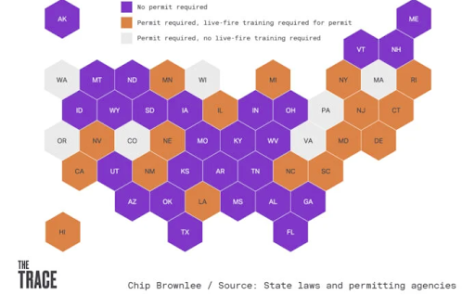The burning bush and its impact
February 26, 2020
As pictures of smokey forests and animals covered in ash are released to the public, a
united cry of outrage raises among the people for Australia and its inhabitants. The fires that are consuming the rich lands of down under poses a major threat to the ecosystem and land.
The fire started on Jan. 12, 2020. As of now, the fires have burned over 27 million
acres of land, destroyed 2,200 homes and has claimed the lives of 29 people.
On top of human deaths, many animals have fallen victim to destructive brushfires.
Christopher Dickman, an ecologist at the University of Sydney, estimated that more than one billion animals have been killed. At the rate by which the fires are taking the lives of innocent creatures, many species are expected to go extinct by the time the fires are put out. That includes the glossy black cockatoo (a species of bird found in eastern Australia) and the long-footed potoroo (a marsupial found in southeastern Australia).
The intensity and speed of the fires have made it very difficult for tree-bound
species–like koalas and birds–to flee.
“…even common species… will have been affected quite dramatically”, said Evan
Ritchie, an ecologist at Deakin University in Melbourne, in an issue of Science News.
Volunteers fighting alongside firefighters have opened their homes to inured animals by
providing water, nourishment and treatment for any burns or broken bones the animals may have come by while trying to escape the growing threat. As the fires continue to spread, many habitats are being destroyed, leaving animals without shelter. Animals that are left in the open, completely vulnerable, instantly become prey to any hungry predator nearby.
Australia is no stranger to brushfires due to its average high temperatures and intense
humidity. Some types of vegetation have adapted over the years in anticipation of the brushfire season. The parts of Australia that have managed to avoid the fires in the past haven’t adapted to the intense conditions and have suffered immensely from this year’s brushfire.
As the soil and vegetation dry out with each passing day, more fuel is created. The
burning of vegetation negatively impacts the animals that rely upon it as a source of food, like birds. The ecosystem is being pushed past its limits, creating what seems like an endless cycle of destruction.
A public research journal called The Conversation described the appearance of Australia
as it goes through this cycle as a “grand wet forest ecosystem…[turned] to a dry scrub far more flammable than the original forest.”
The economy has been impacted by this year’s brushfire season as well. Terry Rawnsley,
head of economic analysis at SGS Economics and Planning, said in a brief interview with The Sydney Morning Herald that he estimates the total damages in Australia will end up around $1.1 billion. That’s taking into account the lost tourism, agricultural repairing and retail income that was all somehow impacted by the weeks of the fires.
With this all in mind, New South Wales police have grown harsher in their legal actions
against those who have engaged in any activities that may add to or start another fire. In a statement released on Jan. 6, police have charged 24 people for deliberately starting brushfires, 53 people for failing to abide by total fire ban and 47 people for discarding lighted cigarettes on land.
The Australian fires are a frightening reality for people and animals alike. The fires have
robbed the people of Australia of their peace and their lands of beauty. The diverse landscape full of mountains, grasslands and forest will soon, at this rate, turn into a deserted graveyard of what once was.






![“She [Walker] was the biggest advocate for any student,” said Basile.](https://mundismillmedia.com/wp-content/uploads/2023/05/Colorful-Watercolor-Note-Paper-with-Brush-Stroke-A4-Document-336x475.png)



